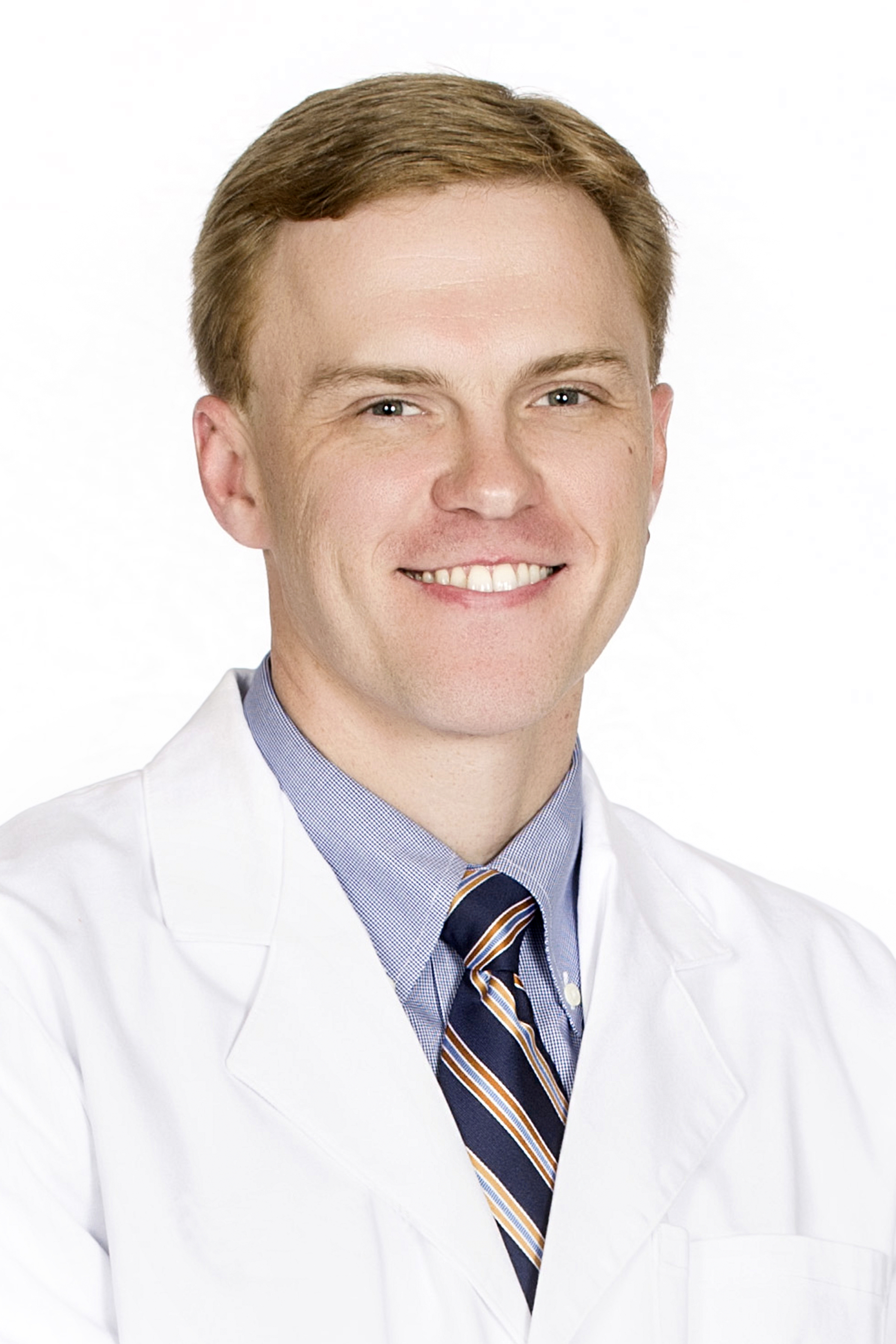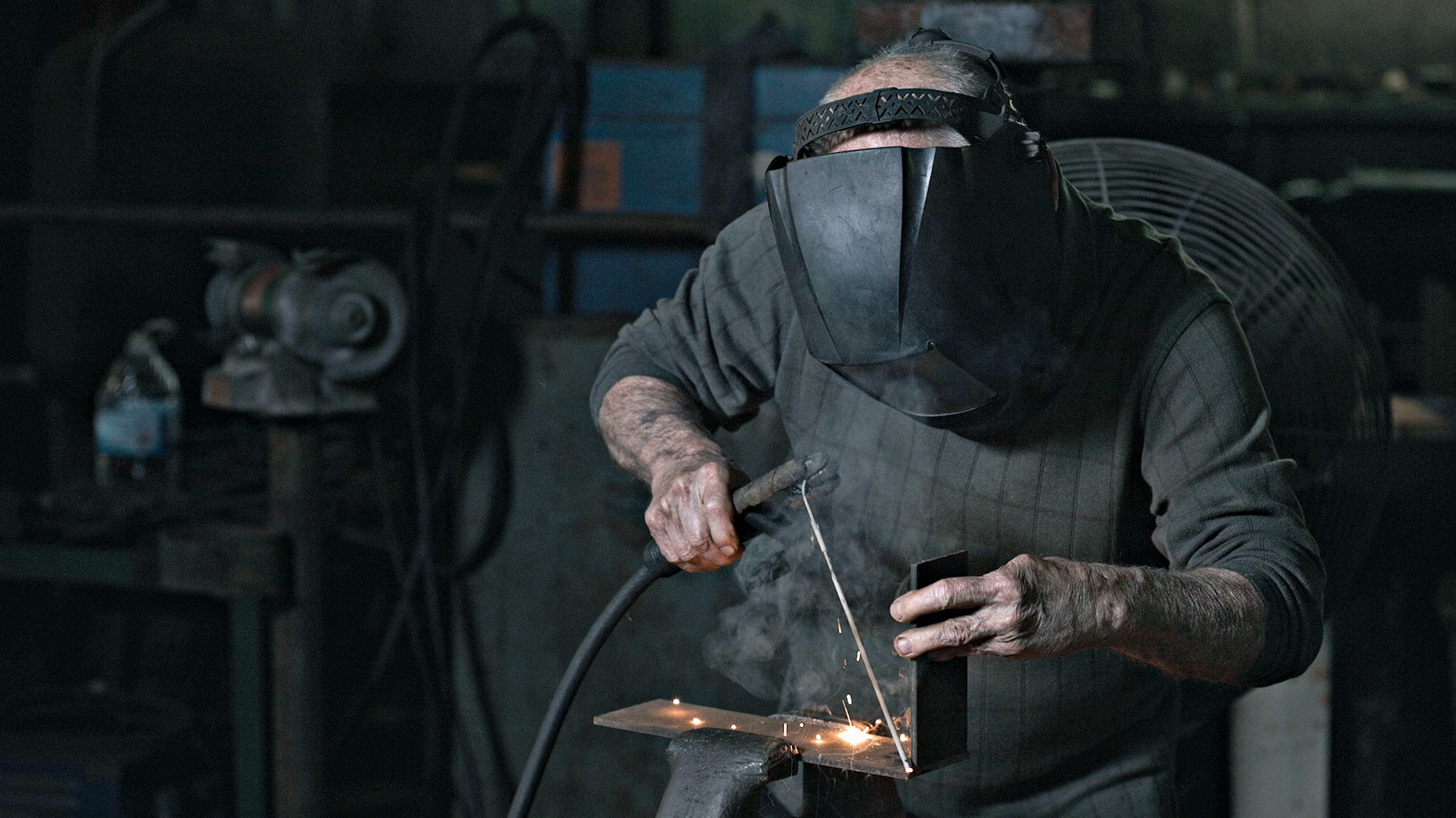One of my earliest memories of Daddy is a feeling of safety and security. We knew he would always protect Mom and the five of us.
There was nothing that Daddy could not fix, so we never worried about a car breaking down or a tire going flat, or a plumbing or heating malfunction in the house.
To everyone else, he’s Frank Ragsdale, something of a legend in our small community of Midway, North Carolina, where he has operated a machine and welding shop for many years.
It was typical for a farmer, a builder, a cement-block manufacturer, a heavy equipment operator or a long-distance truck driver to show up with a problem they were told had no fix. But Daddy almost always figured out a way to repair or rebuild a tractor, machine, bulldozer or an 18-wheeler axle, and make them stronger than the original.
Somehow, at 87, he’s still the go-to guy when someone is stumped by a difficult mechanical problem. He is a creative genius, and has been awarded patents for several of his inventions.
Stepping into his shop feels like visiting a museum of mechanical history. When Daddy isn’t tinkering here, you’ll find him at the kitchen table writing poetry; he has compiled several volumes.
We had known for a good while that he had an aortic-valve issue, and this was being closely watched by the excellent cardiology team at Novant Health. For several years, Daddy felt he was managing fine without intervention. He might have had to stop and rest on occasion, but he could still climb the hill from the house to the workshop.
Nationally recognized heart and vascular care.
But then things took another turn. I remember the day he told his cardiologist that his biggest issue was swinging a sledgehammer. It made him feel weak, and tight in the chest. The doctor chuckled, thinking Frank’s sledgehammer comment was a joke. It wasn’t. He was still wielding that hammer the way others might swing a golf club.
He views his heart as a machine, similar to the pumps he’s worked on throughout his life. And he finally recognized that his heart had reached a point where it needed to be fixed, too.

He was referred to cardiologist Dr. Samuel Turner of Novant Health Cardiology - Kimel Park Main. Or, the “heart mechanic,” as Daddy calls him. The procedure went beautifully, and his first question was, “When can I go back to work?” The entire Novant Health team took excellent care of him.
“Doctors can’t really make us younger,” Daddy says. “But it is so nice that they can make us older.”
Time to see the doctor
When it was clear that Frank Ragsdale was losing a step, his family physician, Dr. Ted Nifong — who happens to be his son-in-law — performed an echocardiogram, which revealed a blocked valve. He referred Ragsdale to Dr. Samuel Turner for a transcatheter aortic valve replacement (TAVR). In June 2024, Turner’s team replaced the valve and followed up with a stent to help clear a blocked artery a few weeks later.
“It's not something I wanted to rush into,” Ragsdale said. “But Dr. Turner put me at ease before the procedure and did a great job. Otherwise, it could have been a grave thing.”
Ragsdale acknowledges he has a lot to be thankful for: a 59-year marriage, 13 grandchildren and 18 great-grandchildren. And those walks to the workshop aren’t nearly as difficult anymore. He loves a good welding project, and recently refurbished a hay rake for a neighbor.
“I’m in good shape,” Ragsdale said. “I feel good. I ain’t a 50-year-old again, but I’m a pretty lively 88.”

What’s a TAVR?
While open-heart surgery is risky for many older patients, there’s a safe option that can help extend life without opening the chest.
It called a transcatheter aortic valve replacement or TAVR. Cardiologists insert a catheter through a blood vessel in the groin and snake it up the body to replace the faulty valve and get blood flowing properly from the heart to the rest of the body. TAVR has been shown to improve quality of life as well as prolong a patient’s life.
“Many patients feel they’re too old for surgery,” said cardiologist Dr. Samuel Turner of Novant Health Cardiology - Kimel Park Main. “But we can do a lot to help you, even if you’re well into your 80s.”
In Ragsdale’s case, the TAVR procedure took one hour, and he was able to go home the next day. A few weeks later, Turner’s team put in a stent to expand Ragsdale’s artery, a step necessary for a full recovery.
“Don’t ignore your symptoms,” Turner said. “You’re not just slowing down; sometimes your body is telling you that your heart needs attention.”











